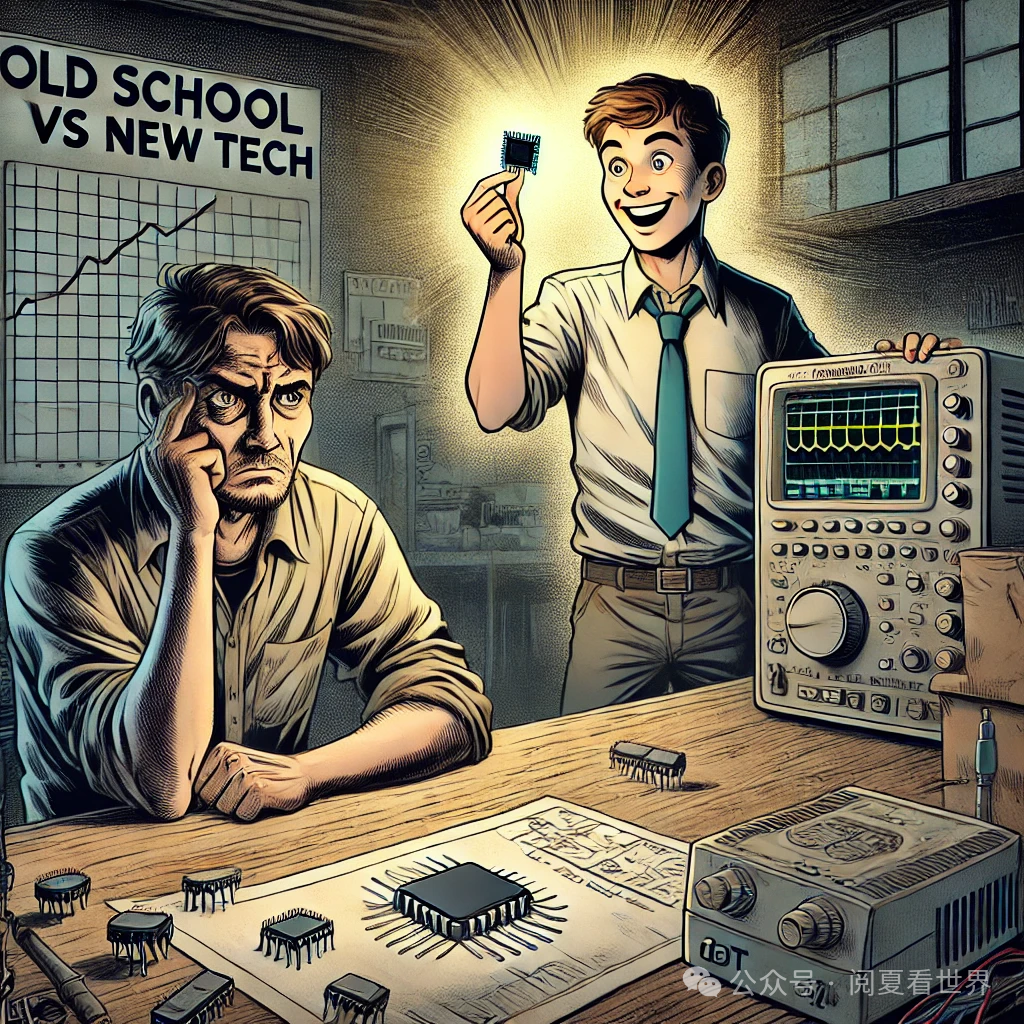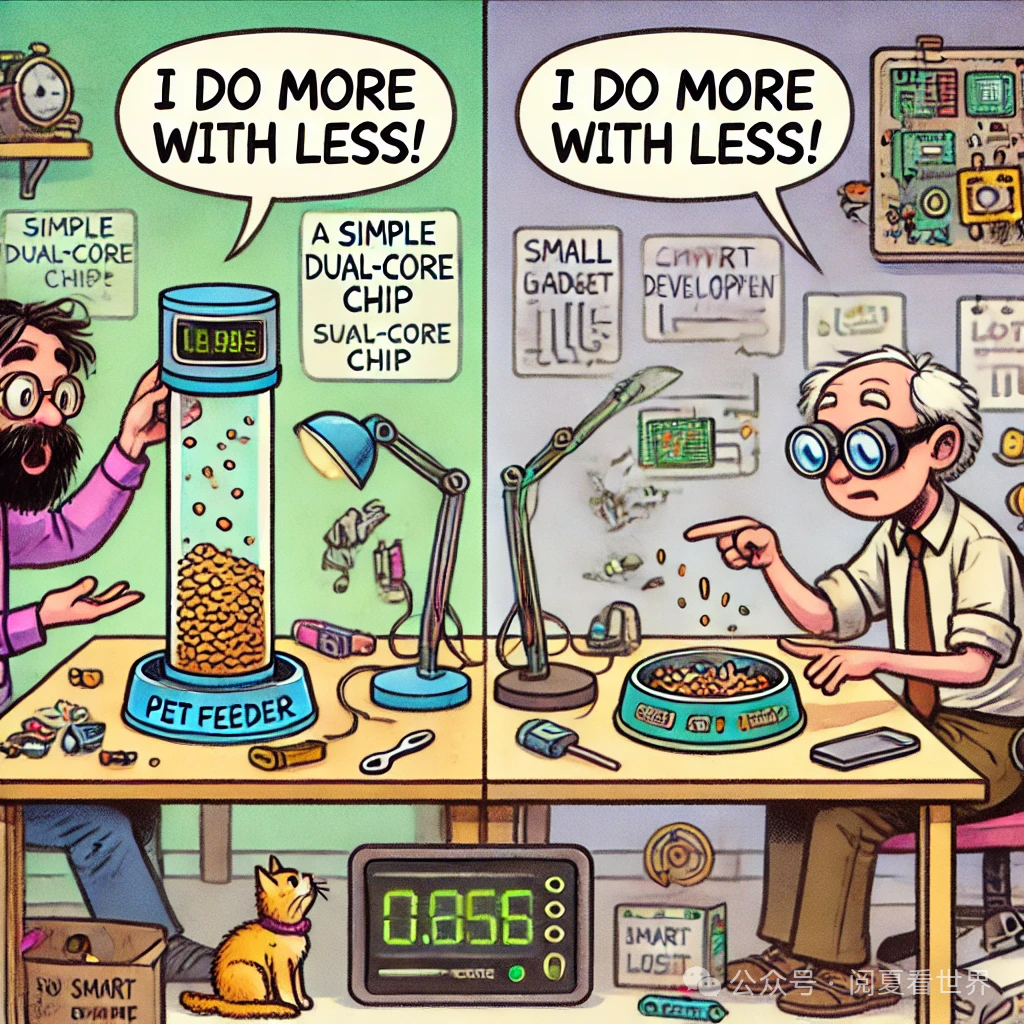Prices have halved! Why do domestic chips make international giants tremble? The blood and tears of engineers in the startup world are revealed.
Can you believe it? A domestic chip has put the star products of international giants in an awkward position! Five years ago, an engineer from a major company mocked domestic chips as ‘toys’ on social media, but now their clients have been snatched away by competitors at one-tenth the price—this is the cruel battlefield of the Internet of Things era. When I saw an intern successfully configure the IoT protocol in just three hours, I suddenly realized: the era of competing on parameters and stacking performance is truly over.
In the late-night maker space, Old Wang stared at the waveform on the oscilloscope, scratching his head. His smart socket project has been stuck on RF interference issues for two weeks, while the young guy at the next desk achieved stable connectivity with a module the size of a fingernail. This is not a sci-fi plot, but a real scene that plays out every day. The RF circuit that drove Old Wang crazy has long been integrated into a module the size of a stamp in the ESP32 solution, priced at 12.8 yuan with free shipping on a certain shopping site. In contrast, the traditional solution that Old Wang insists on consumes 15% of the BOM cost just for the standalone WiFi module, not to mention the need to design a separate antenna matching circuit.

Some people love to argue about the bit depth and clock frequency of chips, but how much computing power do smart devices actually need? The disassembly of last year’s popular pet feeder was shocking—the core processor turned out to be a dual-core 240MHz ‘low-end’ chip. Yet it can simultaneously handle video monitoring, AI recognition, and cloud communication, thanks to the developers offloading image compression algorithms to dedicated hardware accelerators. It’s like using a Swiss Army knife to cut steak; it may not seem professional, but it gets the job done. Those engineers who mock the ESP32’s ADC accuracy may have forgotten that even thousand-yuan air conditioners now use single-bus digital temperature control chips.
The anxiety of developers is something I understand well. Back in the day, I spent three days and nights in the lab debugging the CAN bus of the STM32, just to catch a data packet loss issue. Nowadays, newcomers can simply clone an open-source library from GitHub, tweak the pin definitions, and drive an OLED screen—how is that fair? But the market has never been fair. Last month, I encountered a smart lock team that was even more extreme; the main control chip runs a facial recognition algorithm while the communication module handles network alarms, with two ESP32s clearly dividing the work, shortening the development cycle by 40% compared to competitors. Those old-timers who shout ‘stability is paramount’ may not have noticed that while their products are still sitting on the shelves, others have already secured fifty thousand orders using off-the-shelf solutions.
It’s not that the STM32 is bad; it’s just that times have changed. An engineer from a certain car company privately complained that the STM32 chip they chose for the window controller was more expensive than the entire circuit board, just for that 0.01% failure rate redundancy. But looking at the smart home exhibition, all the ESP32 solutions are playing tricks in the cloud—voice control, energy consumption analysis, scene linkage; which of these value-added features doesn’t require wireless connectivity? When consumers are willing to pay an extra two hundred yuan for the word ‘smart’, no one cares whether the ADC is 12-bit or 16-bit.

The most ironic thing is the speed of technological iteration. ST’s newly released wireless series chips last year directly compete with Apple’s accessories in price. In contrast, domestic companies have not only crammed WiFi6 into modules the size of matchboxes but can also maintain Bluetooth listening in deep sleep mode, with standby power consumption comparable to that of electronic watches. This is not a technological competition; it is clearly a dimensionality reduction attack in business models. I know a team of returnees who managed to integrate the ESP32 solution into medical monitoring equipment, passing FDA certification, yet the cost is only one-third of traditional solutions.
Standing at the crossroads of 2025, should we choose performance monsters or cost-effective kings? An interesting phenomenon is that the high-end industrial control field is still dominated by STM32, but all consumer electronic products with the prefix ‘smart’ will undoubtedly have that hexagonal logo inside. This is not a coincidence; it is the market voting with real money. When post-95 entrepreneurs raise over a million in crowdfunding in three days with an ESP32 prototype, should those companies clinging to ‘industrial-grade’ standards reconsider who truly defines the market?
References: Electronic Engineering Magazine, 21ic Electronics Network, CSDN Blog
